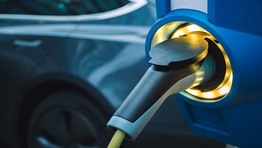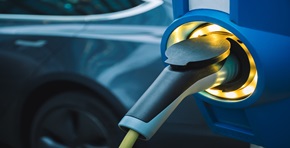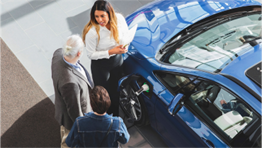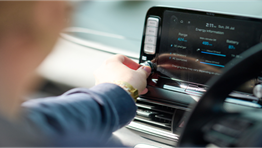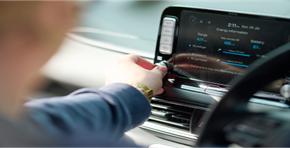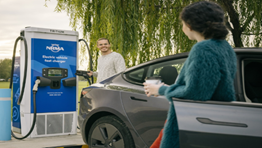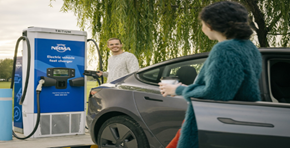
Globally, governments and vehicle manufacturers are moving towards a consensus that the Internal Combustion Engine (ICE) has a limited future.
Multiple technologies for zero-emission vehicles are now commercially available, meaning electric vehicles (EVs) are getting cheaper every year.
These technologies bring with them several initialisms and acronyms that motorists and business owners may find confusing. Some of the most interesting ones are V2G, V2H and V2L, which will allow the spare energy in your EV battery to charge other electrical devices.
Here’s what they stand for:
The latest generation of EVs are being fitted with bi-directional chargers. These allow power to go in and then come back out, which basically turns the car into a large battery. How much electricity comes out and what it can be used for is explained by the following initialisms.
This allows you to plug almost any 240V electrical device into your EV. It became popular with the launch of the Hyundai IONIQ 5 because the promo videos showed owners camping with kitchen appliances powered by their electric vehicle.
Having a 240V power outlet in a vehicle is not new technology. It’s just more useful when the power is coming from an EV that has the battery capacity to run for days. ICE vehicles with 240V outlets rely on the engine to be running to provide power, which is an expensive way to generate electricity.
Having a large battery parked in your driveway also creates an alternative emergency power source during blackouts or natural disasters. If the power goes out, you can use the car to power your refrigerator via an extension cord and charge communication devices to stay connected with emergency services and family.
With bi-directional chargers approved for use in Australia in early 2022, owners of V2H capable electric vehicles will be able to use their car as a backup battery for their house.
A bi-directional charger is a special unit that is installed in your home or office to allow electricity to flow from the building to the car and back again. This means you could use solar panels to charge the car battery during the day and the car battery to power your house at night.
This simple concept has the ability to change the way power is generated, stored and consumed around the globe. It also removes the need to have a separate battery for storage and gives the car a second job while it’s sitting idle.
For example, the Nissan Leaf e+ comes with a 62kWh battery that can drive for more than 350 kilometres, or power the average house for three days.
This exciting technology is starting to gain momentum around the world. The goal is to create Virtual Power Plants (VPP) with hundreds of EVs plugged into the grid that can be used to provide power during peak periods, easing the load on the energy grid.
A number of large-scale trials are happening around the world including the REVS project in the ACT, which connects 51 Nissan Leaf vehicles to the energy grid so they can provide power when not being used by government agencies.
This requires the coordination of many moving parts to work. Once the technology is proven, though, your electric vehicle fleet could become part of a large renewable energy network that moves employees around the city sustainably. It could also send electricity from its battery back into the grid, generating your business some passive income while parked.
The move to electric is exciting, but there is a lot to learn about this new era of motoring. At the NRMA, we’re committed to providing our members with expert advice, tips and tools to make the transition that bit easier. Keep checking in for the latest EV news and updates.
